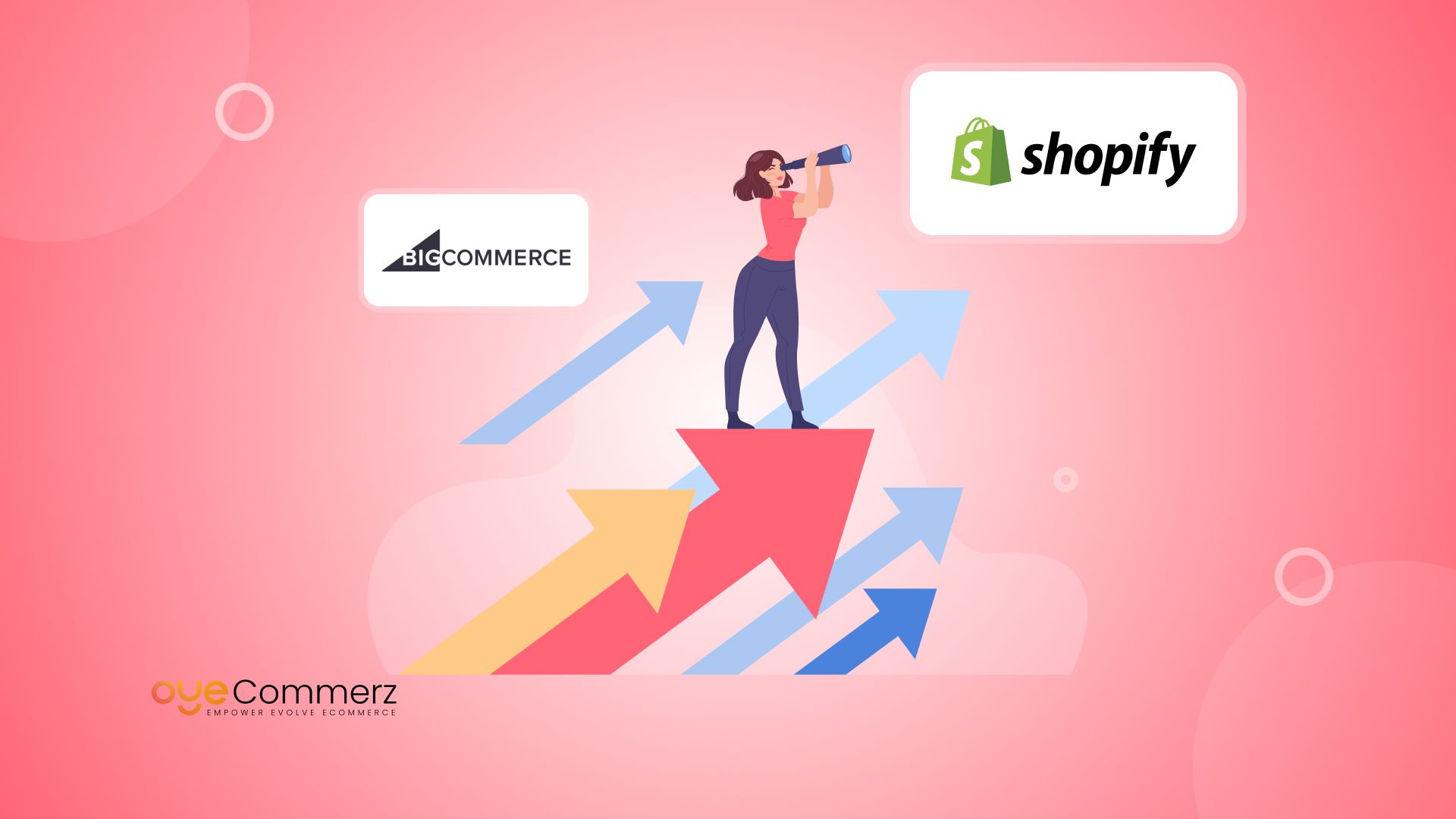Effortless Transition from WP to Shopify: A Comprehensive Roadmap for E-commerce Growth
Effortless Transition from WP to Shopify: A Comprehensive Roadmap for E-commerce Growth
Blog Article
Shifting from WordPress to Shopify is an promising step toward optimizing your online store operations. As companies expand, selecting a platform that aligns with growth potential, user experience, and flexibility is essential. Shopify is widely recognized as a favorite for e-commerce professionals, providing unmatched adaptability, security, and user-friendliness. In this guide, we will delve into why this migration is a game-changer, discuss the advantages, and share actionable steps to ensure a smooth transition.
1. Why Switch from WordPress to Shopify?
WordPress, paired with WooCommerce, has served countless e-commerce platforms. However, as companies scale, challenges like reliance on plugins, security vulnerabilities, and technical complexities often obstruct progress. Shopify, specifically created for e-commerce, addresses these issues with an all-in-one, user-friendly platform. Real data back this transition—Shopify hosts over 4.4 million stores globally, with a reported 10% boost to sales conversion rates for many businesses post-switch.
2. Key Benefits of Shopify for E-commerce Success
Shopify’s robust ecosystem caters for expanding businesses. Its notable benefits are:
- Effortless Design Flexibility: Shopify offers over 80 expertly crafted themes.
- Built-in Features: Features like Shopify Payments and built-in SEO save time and effort.
- International Expansion: Currency versatility and localization features empower brands to reach global markets.
Additionally, Shopify delivers an uptime rate of 99.98%, ensuring your store is always operational.
3. Getting Ready for Your WordPress-to-Shopify Transition
Before migrating, evaluate your existing setup. Analyze product data, customer details, and search engine rankings. Resources such as Shopify’s Migration Kit or external tools can simplify this process. Develop a detailed strategy, making sure all resources—product descriptions, images, and articles—are optimized for transfer.
4. The Importance of Accurate Data Migration
Transferring your data forms the foundation for a smooth platform switch. When moving from WP to Shopify, prioritize:
- Inventory Details: SKU, descriptions, and groupings.
- Customer Data: Emails, purchase records, and custom fields.
- SEO Optimization: Preserve meta tags, URLs, and forwarding paths to maintain search rankings.
Use apps like LitExtension to facilitate seamless migration while reducing mistakes.
5. Customizing Your Shopify Store
After the move, customizing your Shopify store ensures it reflects your brand. Take advantage of Shopify’s drag-and-drop editor to create layouts with ease. Shopify's templates are mobile-responsive, providing a seamless user experience across platforms—a critical factor, since 74% of e-commerce traffic comes from mobile users.
6. Maintaining SEO During Migration
SEO is vital for maintaining your online presence during migration. Shopify is highly optimized for search engines with clean URL structures, preloaded features, and smooth content management. Ensure:
- Implement 301 redirects for existing links.
- Optimize new pages with keyword-rich content.
- Use Shopify's apps Plug in SEO to track analytics post-migration.
7. Essential Tests After Migrating to Shopify
After finishing the transfer, conduct thorough testing.
Check: - Website speed (Shopify delivers faster speeds in contrast with WordPress).
- Functionality of payment gateways and checkout processes.
- Mobile responsiveness.
Quality assurance ensures your store provides a seamless shopping journey from the start.
8. Case Study of a Successful Migration
An example of effective platform switching is Gymshark, a fitness apparel brand that transitioned to Shopify. After the switch, the company saw a 60% boost in mobile sales and significantly lowered site downtime. This showcases the capabilities of Shopify in enhancing online business success.
9. Overcoming Common Migration Issues
Migration is not without obstacles, such as information accuracy and adjusting tailored features. However, Shopify’s robust support and external professionals make overcoming these hurdles manageable. Partnering with qualified Shopify developers ensures a smooth transition.
10. Making the Switch: The First Step Toward Success
Switching from WordPress to Shopify marks a strategic approach to online retail. By focusing on growth, streamlining operations, and improving Migrating eCommerce platforms buyer satisfaction, Shopify empowers businesses to succeed in challenging industries.
Conclusion
Switching from WP to Shopify offers a smart solution that can significantly boost your online business performance. With a robust migration plan, the appropriate resources, and professional guidance, you can unlock new growth opportunities.
Excited to start the journey? Reach out today to learn how our Custom Shopify development Shopify migration services can transform your e-commerce platform. Get in touch today, or consider: Can your business afford to miss out on Shopify’s growth potential?
 Report this page
Report this page